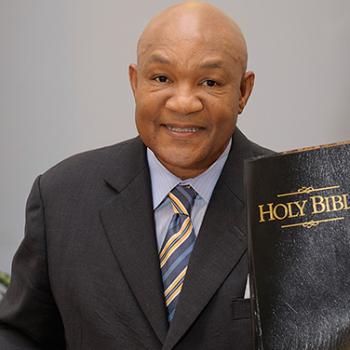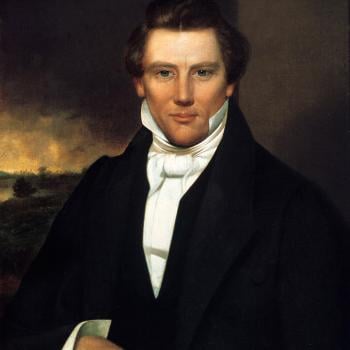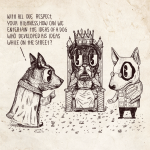One of the most important themes in the last supper is Bread. Brant Pitre, in his new book, Jesus and the Jewish Roots of the Eucharist: Unlocking the Secrets of the Last Supper, examines “I am the bread” through the filter of the manna miracle and manna expectation in Judaism.
 The Bread of the last supper is not Passover bread, but Manna bread. This makes all the difference in the world for Pitre.
The Bread of the last supper is not Passover bread, but Manna bread. This makes all the difference in the world for Pitre.
He studies Exodus 16, the manna story, and finds four themes:
1. It was a miracle.
2. It was a double miracle: bread and quail, bread and flesh.
3. It was placed in the Tabernacle.
4. It had a distinctive flavor – the flavor of the Land (honey) because it anticipated life in the Land.
In the Jewish world the manna had three themes:
1. Protological: the manna was there before creation.
2. Heavenly: it was kept in heaven.
3. Messianic: when the Messiah came, manna would be provided.
What then about Jesus and the New Manna? The move here is critical. For Pitre to establish his case he examines the Lord’s Prayer (supersubstantial bread) and John 6, which he takes as Eucharistic. [At no place does he show that the Lord’s supper narrative itself is manna-shaped.]
Pitre’s move, whatever low church Protestants think, is common among scholars. That is, John 6 is eucharistic and not simply symbolic. John 6 is about the hope of the coming new Moses and the return of the manna from heaven. In John 6 they are told to eat his flesh and drink his blood, and Jesus makes connection to the new manna. That manna is supernatural, and it is established by the ascending-to-heaven Son of Man, the one who is divine. And the mystery of the resurrection — he gave them his resurrected body.
What happens to the Lord’s Supper when John 6 is seen as eucharistic. It becomes more real and more christologically-shaped.















